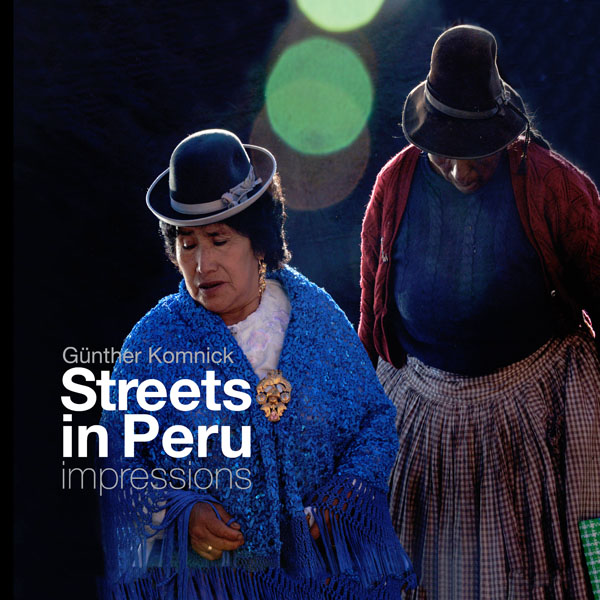Dedicated to my loving wife, Lila

There are few countries in the world that are as evocative, mysterious and enigmatic as Peru. Most people are familiar with the story of Francisco Pizarro who led the Conquistadores in the Spanish invasion of Peru in 1532. Until Pizarro’s conquest, the world of the Inca empire was unknown to the West, as was the sophistication of their civilization which stretched through present-day Ecuador down through to present-day Chile. Pizarro’s conquest of Peru has come to symbolize the ruthlessness and callousness of the Conquistadores, culminating in the perfidious action that saw Pizarro capture the Incan emperor, Atahualpa, at the Battle of Cajamarca in November 1532 and demand a ransom of a room filled with gold in exchange for his release. The emperor was murdered anyway, in July 1533. This treachery cast a long shadow over relations between the Spanish and the Quechua-speaking Incas.
Yet, the descendants of the Incas speak their own language, have retained through the centuries the distinctive traits of their culture, beautifully captured by Günther Komnick and his camera as he wanders through the former Inca capital of Cusco in the Andean foothills. The love of colour, weaving and the enduring architectural legacy are here, for all to see. Komnick’s focus, however is on the people, garbed in their characteristic bowler hats and serried petticoats.
The people are captured engaging in daily activities, often with broad smiles and a carefree disposition. They convey a oneness with their haunting environment, and a pride of purpose, as an extension of their surroundings. The images belie some of the tragic aspects of Peru’s history in the early 20th century, especially in the Putamayo and Iquitos regions where extreme cruelty characterised the behaviour of private rubber concerns, run by British, Peruvian and Portuguese rubber barons, who relentlessly exploited and mistreated the Amazonian indigenous inhabitants, all in the name of profit. This nefarious period in Peru’s relatively recent history was exposed by Roger Casement (1864–1916) in his diaries from 1906–1913 and thus the world’s attention was alerted to these atrocities.
Peru is a large country, spanning deserts, jungles and the Andean altiplano. Komnick’s emphasis in this rich and textured collection is more urban and shows the viewer a happier and more rooted reality of a Peru that has retained its dignity among so many past depredations.
Dr Wilhelm Snyman, Auckland, New Zealand